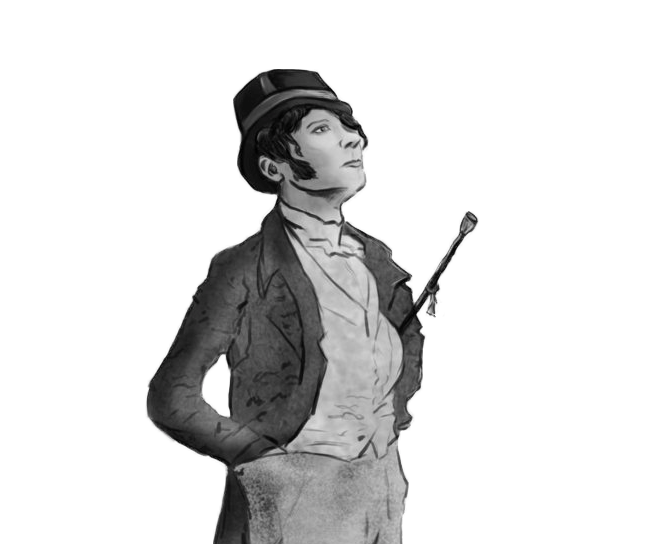
In his collection of Essays and Aphorisms, Arthur Schopenhauer tells about what he considers a criteria of a “good novel”.
A novel will be the higher and nobler the more inner and less outer life depicts… The art lies in setting the inner life into the most violent motion with the smallest possible expenditure of outer life: for it is the inner life which is the real object of our interest. – The task of the novelist is not to narrate great events but to make small ones interesting.
Schopenhauer highlights four novels that are the “crown of the genre.”
Laurence Stern – The Life and Opinions of Tristram Shandy, Gentleman (1759)

Laurence Sterne’s great masterpiece of bawdy humour and rich satire defies any attempt to categorize it, with a rich metafictional narrative that might classify it as the first ‘postmodern’ novel. Part novel, part digression, its gloriously disordered narrative interweaves the birth and life of the unfortunate ‘hero’ Tristram Shandy, the eccentric philosophy of his father Walter, the amours and military obsessions of Uncle Toby, and a host of other characters, including Dr Slop, Corporal Trim and the parson Yorick. A joyful celebration of the endless possibilities of the art of fiction, Tristram Shandy is also a wry demonstration of its limitations.
Johann Wolfgang Von Goethe – Wilhelm Meister’s Apprenticeship (1796)

Wilhelm Meister’s Apprenticeship, a novel of self-realization greatly admired by the Romantics, has been called the first Bildungsroman and has had a tremendous influence on the history of the German novel. The story centers on Wilhelm, a young man living in the mid-1700s who strives to break free from the restrictive world of economics and seeks fulfillment as an actor and playwright.
Jean-Jacques Rousseau – Julie, or the New Eloise: Letters of Two Lovers, Inhabitants of a Small Town at the Foot of the Alps (1761)

In Julie, or the New Heloise, Rousseau reconceptualized the relationship of the individual to the collective and articulated a new moral paradigm. The story follows the fates and smoldering passions of Julie d’Etange and St. Preux, a one-time lover who re-enters Julie’s life at the invitation of her unsuspecting husband, M. de Wolmar. The complex tones of this work made it a commercial success and a continental sensation when it first appeared in 1761, and its embodiment of Rousseau’s system of thought, in which feelings and intellect are intertwined, redefined the function and form of fiction for decades. As the characters negotiate a complex maze of passion and virtue, their purity of soul and honest morality reveal, as Rousseau writes in his preface,”the subtleties of heart of which this work is full.” A comprehensive introduction and careful annotations make this novel accessible to contemporary readers, both as an embodiment of Rousseau’s philosophy and as a portrayal of the tension and power inherent in domestic life.
Miguel De Cervantes Saavedra – Don Quixote (1605)

Don Quixote has become so entranced reading tales of chivalry that he decides to turn knight errant himself. In the company of his faithful squire, Sancho Panza, these exploits blossom in all sorts of wonderful ways. While Quixote’s fancy often leads him astray—he tilts at windmills, imagining them to be giants—Sancho acquires cunning and a certain sagacity. Sane madman and wise fool, they roam the world together-and together they have haunted readers’ imaginations for nearly four hundred years.
